NASA's Parker Solar Probe continues to surpass new milestones as it plunges deeper into the Sun's surface, providing more insight into the star's atmosphere and its influence on space weather.
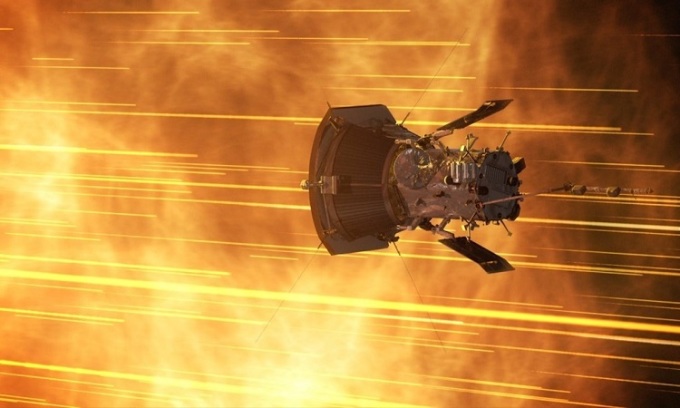
Simulation of the Parker spacecraft flying through the Sun's atmosphere. Photo: NASA
On September 27, Parker broke its own record by approaching the Sun at a distance of 7.26 million kilometers per hour, according to NASA. This 17th close approach marked the middle of the spacecraft's solar flyby, which lasted from September 22 to October 3. Thanks to a gravitational assist from Venus last August, the probe reached a speed of 635,266 kilometers per hour, solidifying its position as the fastest man-made object in history, according to Gizmodo.
Since its launch in August 2018, Parker has continued to set records. It surpassed the 1976 record of the Helios 2 spacecraft, becoming the closest man-made object ever to the Sun. In addition, Parker was also the first spacecraft to fly through the Sun's outermost atmosphere, the corona.
Equipped with an advanced heat shield, the probe’s mission is to study the solar corona and collect important data. The overall goal is to learn about the structure of the Sun, the corona, and the origin of the solar wind. Such information is extremely important because solar processes can affect space weather, threatening satellites, communications networks, and even power grids on Earth.
In early September, Parker flew through one of the most intense coronal mass ejections (CMEs) ever observed. The event validated a two-decade-old theory that CMEs interact with interplanetary dust, helping to predict space weather.
Despite its close proximity to the Sun, Parker continues to maintain good health, according to NASA. The spacecraft will transmit its current status data to the Johns Hopkins Applied Physics Laboratory on October 1, followed by scientific data mainly on the solar wind, helping researchers better understand the complex dynamics of the star in the system.
An Khang (According to Gizmodo )
Source link




![[Photo] Prime Minister Pham Minh Chinh chairs meeting to discuss tax solutions for Vietnam's import and export goods](https://vstatic.vietnam.vn/vietnam/resource/IMAGE/2025/4/10/19b9ed81ca2940b79fb8a0b9ccef539a)


![[Photo] Phuc Tho mulberry season – Sweet fruit from green agriculture](https://vstatic.vietnam.vn/vietnam/resource/IMAGE/2025/4/10/1710a51d63c84a5a92de1b9b4caaf3e5)


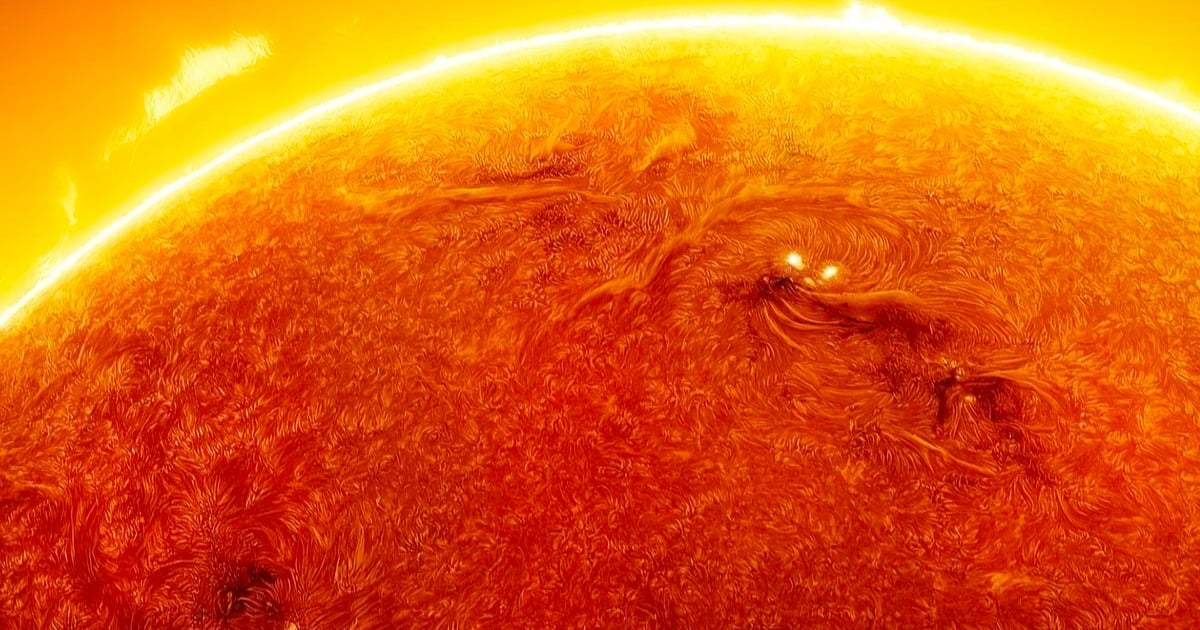

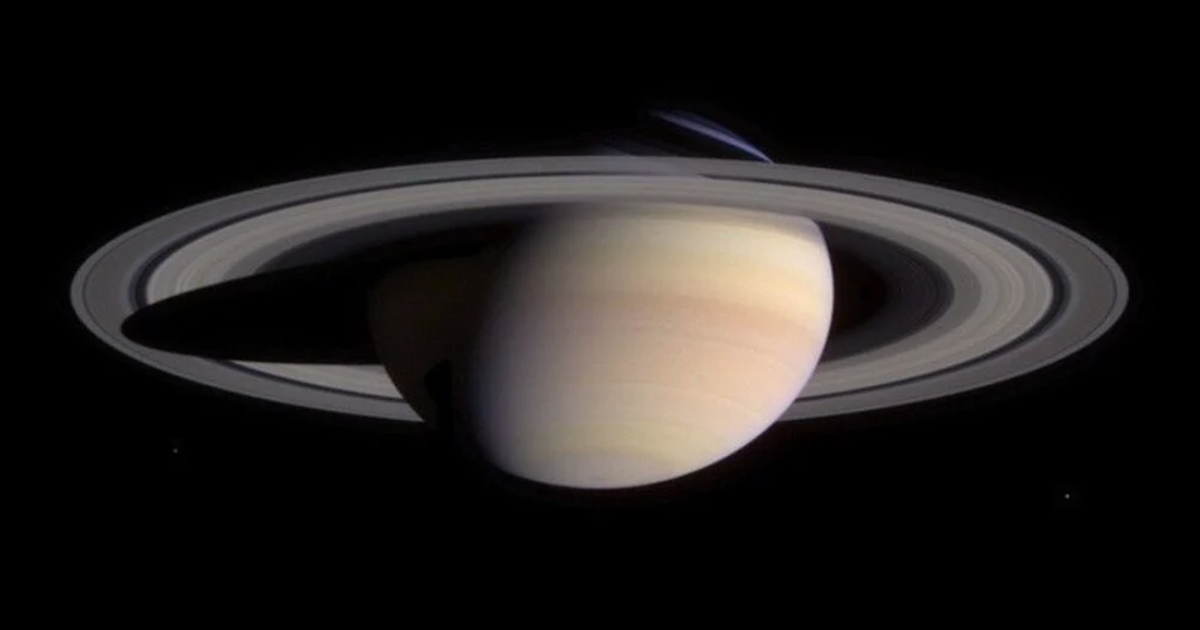





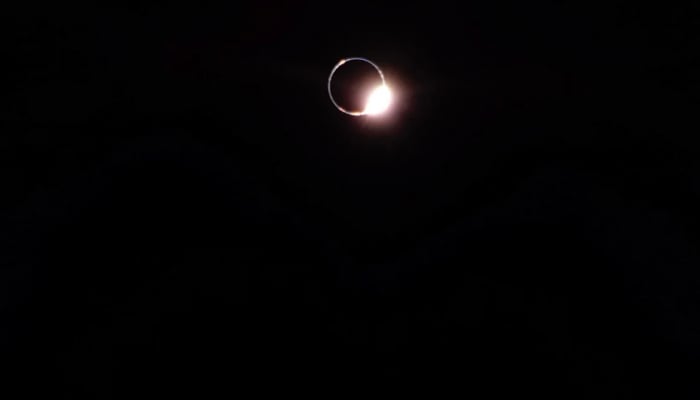


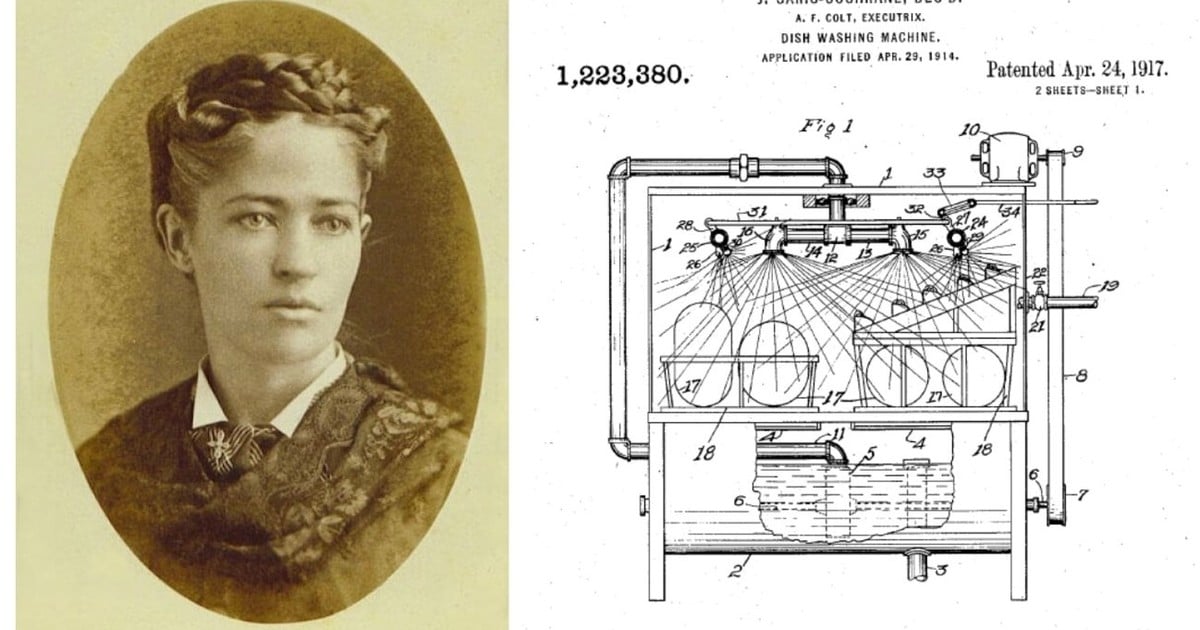

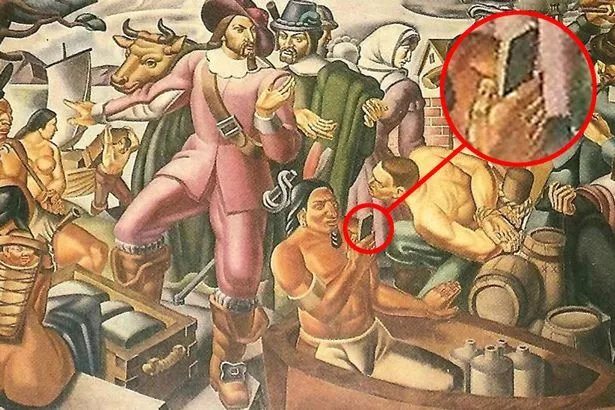
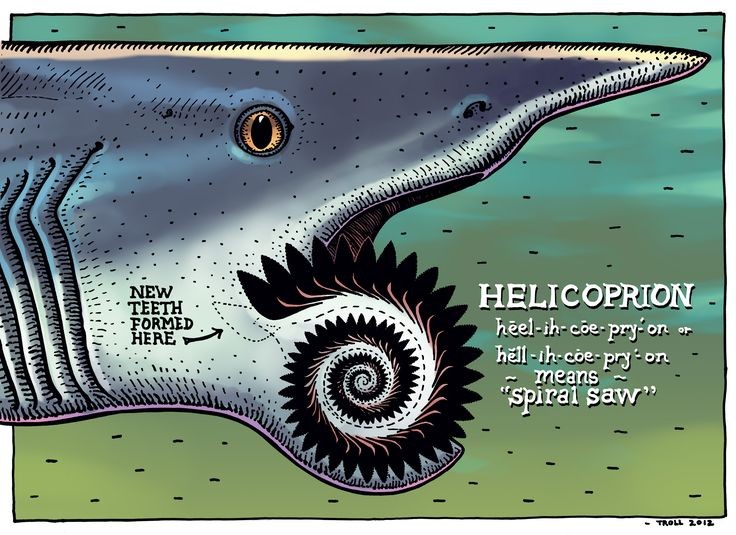











![[Photo] Unique folk games at Chuong Village Festival](https://vstatic.vietnam.vn/vietnam/resource/IMAGE/2025/4/10/cff805a06fdd443b9474c017f98075a4)




















































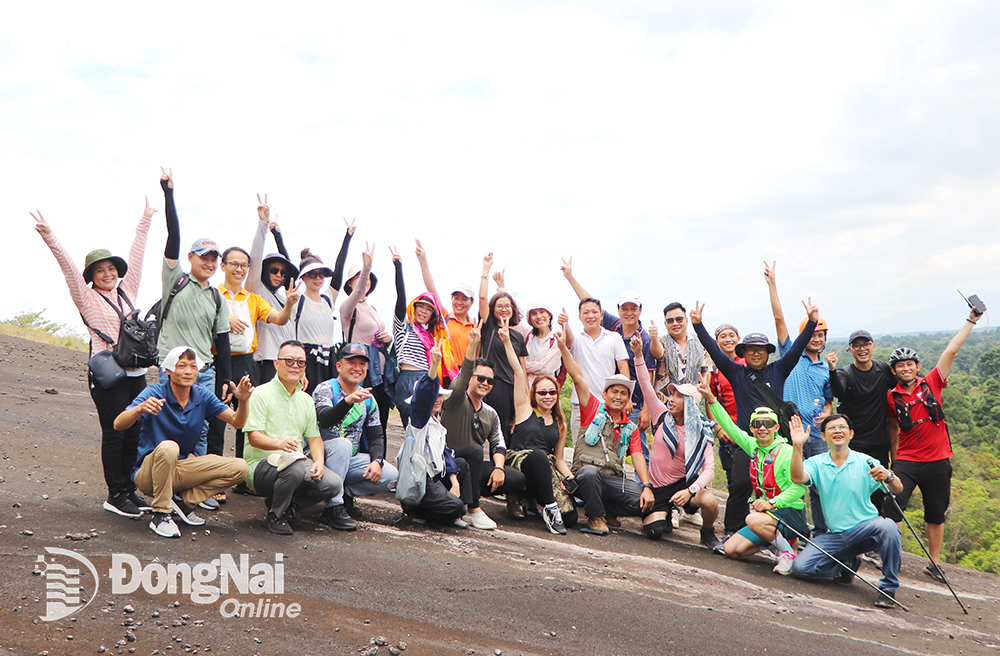









Comment (0)